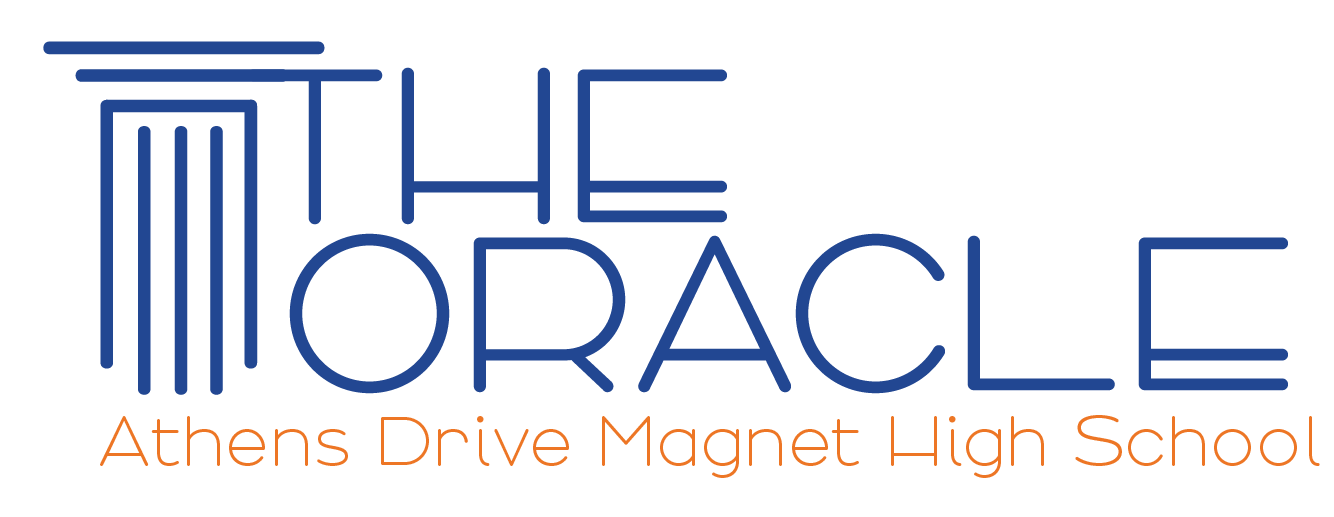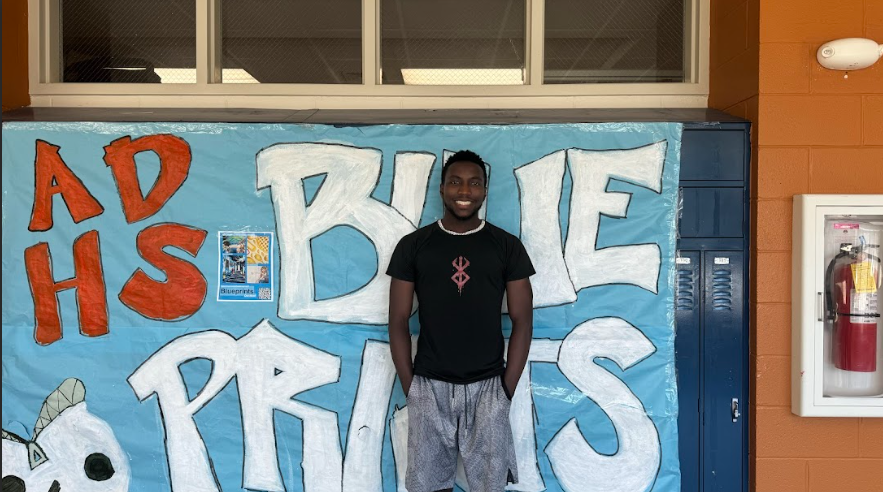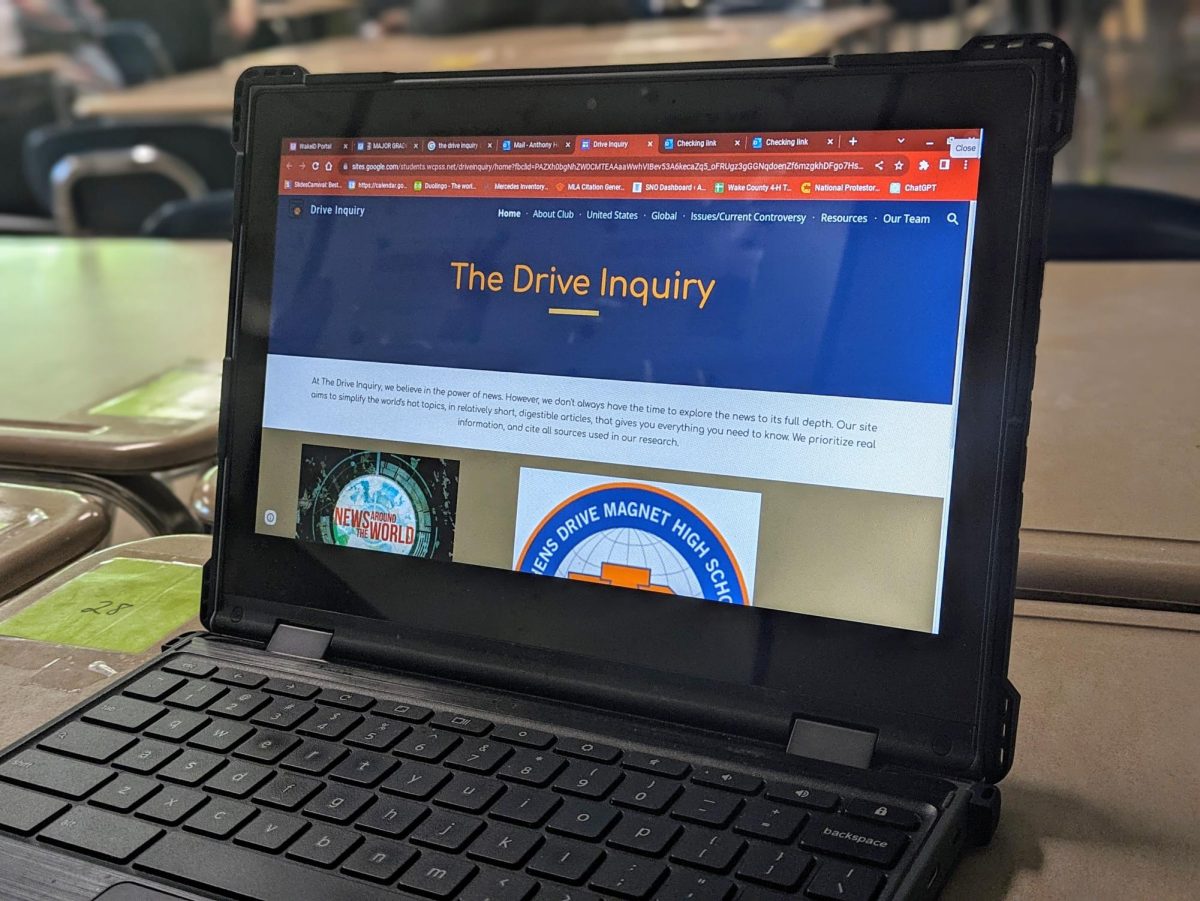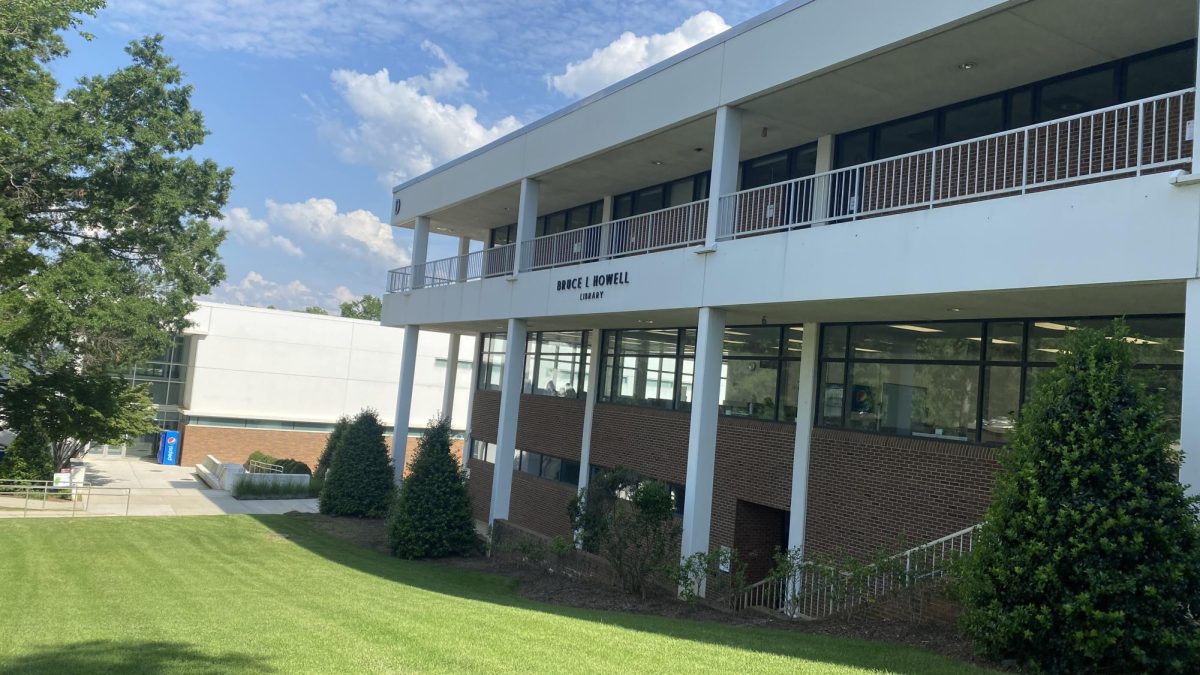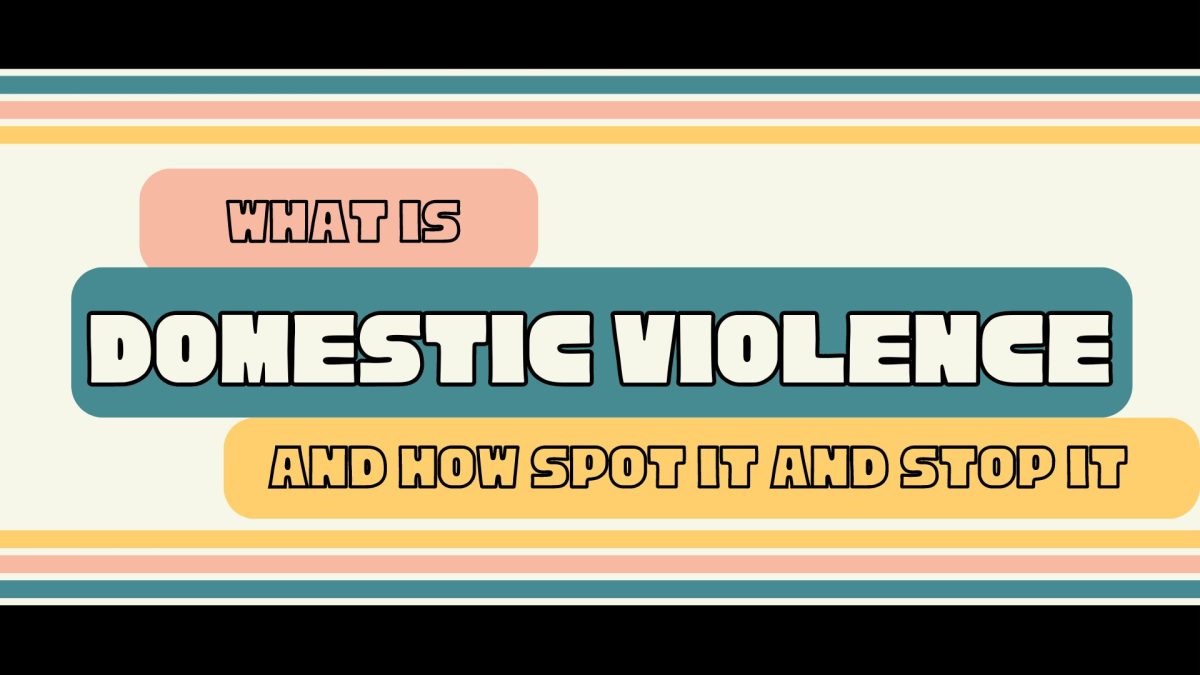Imagine being treated differently based on race as a young child and the lasting impact that would have on you. This is what Nyssa Battle, now a high school junior, and other children go through every day. She, along with other colored students, were constantly yelled at and punished for behavior that white students were not reprimanded for.
Discrimination and racism have existed throughout human history and still does today. While the Civil Rights Movement in the 1960’s formally outlawed racism, prejudice against many groups still exists to this day, some more obvious than others. For example, a University of Chicago study has found that job applicants with “white sounding” names are 50 percent more likely to be called back for an interview than applicants with “black sounding” names. Another study by the Association for Psychological Science found that interracial conversations raise anxiety and stress for both parties involved. These are just two examples of how our society, subconsciously or intentionally, still practices racism and prejudice.
Discrimination in Crime
Many have called for change in the police force through the Black Lives Matter movement after the shooting deaths of unarmed black men Philando Castile and Freddie Gray, among many others. The American Journal of Public Health found that black men are three times more likely to be shot by police than white men. American Indians are also three times as likely to be shot and Hispanic men are twice as likely. In addition, Vox found that black individuals make up 31 percent of victims shot by police and 39 percent of victims shot by police when not attacking, but just 13 percent of the population. This is something that many people of color know all too well.
“After seeing guys like Freddie Gray shot by police that thought is always in the back of your head. It’s scary knowing that you’re more likely to be shot just because of your skin color,” said Chase Graham, junior.
A 2013 National Drug Use survey found that 9.5 percent of whites use illicit drugs, compared to 10.5 percent of blacks. However, per 100,000 people, only 332 whites were arrested on drug-related charges, compared to 879 blacks. A review of the data by the Sentencing Project found that higher crime rates in primarily black neighborhoods only account for 61 to 80 percent of the cause of the elevated rate. The remaining 39 percent can be attributed to other factors, like subconscious racial bias. A University of Colorado- Boulder study found that in simulations, police officers were more likely to shoot a black suspect that a white one.
“It’s pretty obvious that there’s racism in these shootings. You have multiple unarmed black men getting shot for no reason. It’s got to change,” said Graham.
Discrimination in Education
Discrimination in schools is, by law, illegal. However, America’s school system is still discriminatory. The U.S. Department’s 2011-2012 Civil Rights Collection found that one in four school districts pay teachers in less diverse schools 5,000 dollars more than in more diverse school districts. In addition, seven percent of black students attend a school where at least 20 percent of the teachers are not certified. Some schools, like those in the Baltimore school district, did not even have heat during the winter.
“We’re lucky to go to a school that is pretty safe and well kept. We also have some great teachers here. But some kids in ghetto areas don’t have that opportunity,” said Graham.
This discrimination also extends to students with disabilities. Those students make up 25 percent of the students referred to law enforcement but just 13 percent of the total student population. They are also twice as likely to be suspended out of school than their peers.
New problems with discrimination have arose recently with the treatment of transgender students. While those students feel that they should be able to use the locker room and restroom of the gender that they identify with, there are no measures in place to ensure this. The Trump administration also recently said they they would not investigate complaints on this issue in the future.
Gender Discrimination
Gender discrimination also exists throughout the United States and focuses in part around employment. In recent years a prominent issue has been the gender pay gap between men and women. Despite working the same jobs, many women are paid substantially less than their male counterparts.
Throughout the country as a whole, men earn 10,084 dollars, or 80% more than women. In certain industries, however, the gap widens. In the “Professional, Scientific, and Technical Services” industry, men are paid 18 dollars more, on average, than women. In the tech industry men are paid 13,600 dollars more than women.
The gaps in pay also stem from discriminations in promoting women. By the middle of their career, men are 60 percent more likely to have been promoted to a vice president or executive role. Late in their careers, however, men are 171 times more likely to hold one of those positions.
“Women get paid less and have less opportunities, even if they do a better job then men. This needs to be changed; pay should be based on performance no matter who you are. What should matter is what you can do,” said Sofia Migliaccio, junior.
Causes behind discrimination
The media has a sizable impact on people’s opinions, which is dictated by the angles that they cover. A study of news coverage leaving up to election day in 2013 found that on Fox News 42 percent of stories had a positive tone towards Republican candidate Mitt Romney, while 56 percent of stories had a negative tone towards Democratic candidate Barack Obama.
In contrast, 51 percent of MSNBC’s stories had a positive tone towards Obama, while 68 percent of stories had a negative tone towards Romney. If someone got their news from either one of these sources alone, it would be reasonable to assume that they would favor one political party or another, based on which station they watched.
Social media has also expanded in recent years with the rise of sites like Twitter and Facebook. In Aug. 2017, a study found that 67 percent of American adults get at least some information from social media. However, anyone can post anything, leading to a rise of “fake news” stemming from those sites. It was found that Russia tried to tamper with the 2017 presidential election through the sponsorship of fake stories aimed at the candidates.
“I think the media tends to favor a biased viewpoint based on station which targets those uneducated on particular subjects,” said Connor Gregory, junior.
One cause linked to discrimination is ignorance of another’s culture, situation, or reasons behind their actions.
“I think that being ignorant contributes to discrimination, but also choosing to ignore certain aspects of the culture that conflicts with your idea of it. It’s like choosing to believe stereotypes as the whole truth, even though there will always be people who don’t fit the stereotypes,” said Kaiya Brown, student teacher.
Dr. Priscilla Dass-Brailsford, a psychologist at Georgetown University and the Chicago School of Professional Psychology, links the main cause of discrimination to one’s home environment as a child. This allows racist or unbiased views to be imparted on a child during the years where a child’s brain is most impressionable.
Some individuals are blatantly racist, while other exhibit subconscious racial bias. Dass-Brailsford describes subconscious bias as “[Behaving] in a discriminatory way without realizing that you have racist values. Here’s a common example: An older woman is walking down the road and she sees a black man approaching. She holds her purse tighter thinking that it’s going to be snatched. Research has found that both black and white people often behave in this way because of our socialization. It’s because of what the media says about young black men being thieves and robbers and bag-snatchers. We all tend to behave in that way based on the socialization,” said Dass-Brailsford.
However, other believe that bias stems from a lack of understanding of another person’s culture and background.
“I think that blacks would be treated better if people had a better understanding of our ancestors and where we came from and what our ancestors had to go through,” said Battle.
